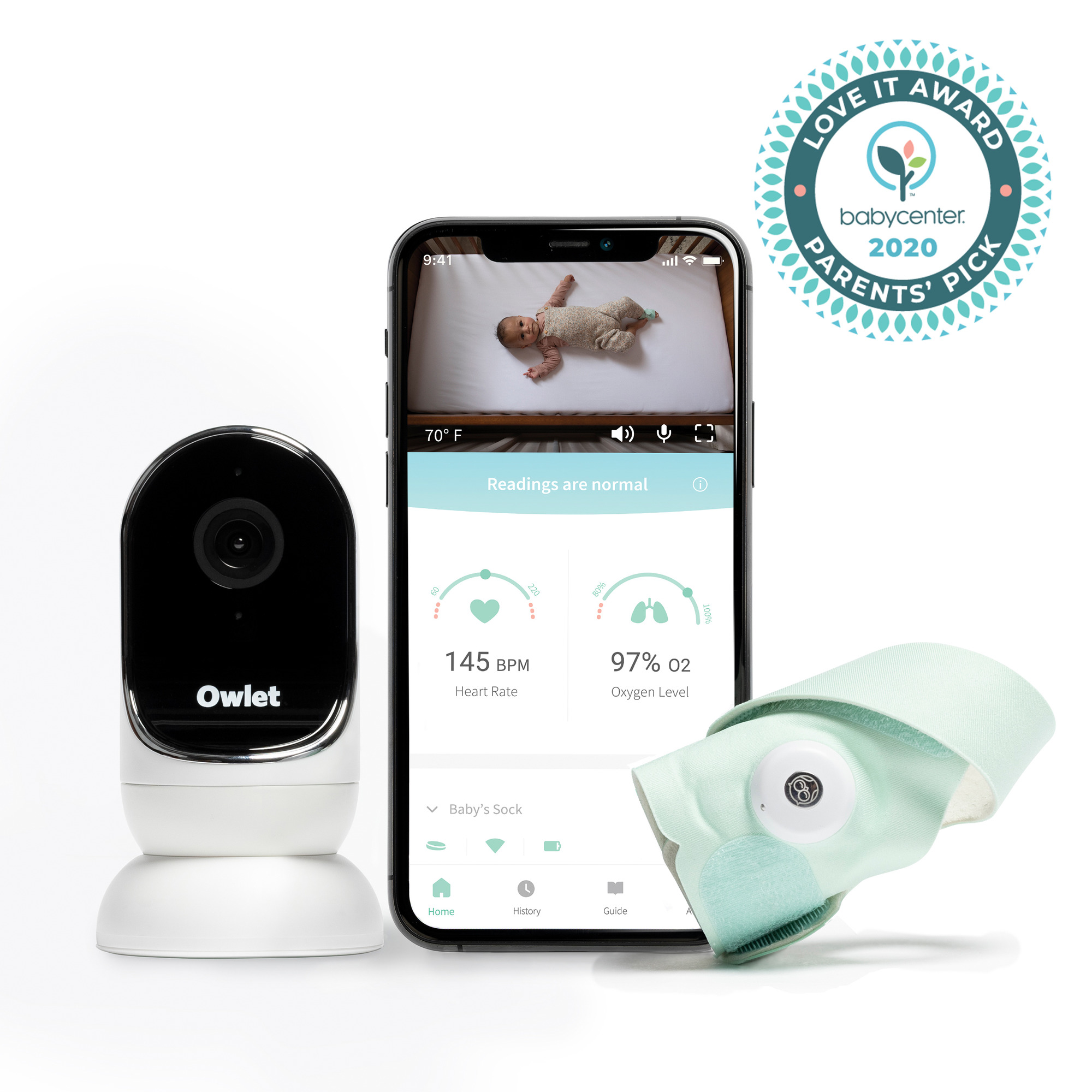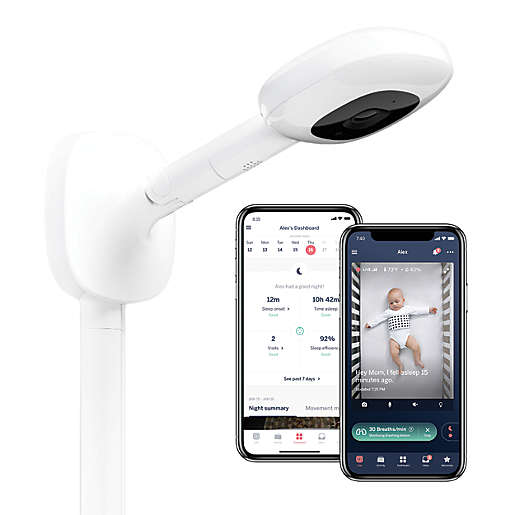Owlet Monitor Duo: Smart Sock 3 plus HD Video Camera
The Owlet Monitor Duo gives you a complete picture of your baby’s safety and well-being while they sleep. The award-winning Smart Sock allows you to track important indicators of your baby’s health including oxygen level, heart rate, and total hours slept all with secure HD video streaming.
The Owlet Monitor Duo gives you a complete picture of your baby’s safety and well-being while they sleep. The award-winning Smart Sock allows you to track important indicators of your baby’s health including oxygen level, heart rate, and total hours slept all with secure HD video streaming.
Features:
- View Baby’s readings in real-time on your smartphone and review a detailed 7-day wellness history
- Stream secure, encrypted HD video from the Wi-Fi-connected camera right to your smartphone and see your baby in unmatched clarity with night vision, wide-angle view, 4X zoom, room-temperature sensor, two-way talk, and background audio
- Sound and motion notifications from the camera will alert if baby is crying or moving, or if baby’s readings leave “safe” zones
- The Smart Sock uses established pulse-oximetry technology proven safe for babies, and the secure and encrypted data means only those you choose can stream video from the camera and access readings from the Smart Sock
Additional information
| Includes | – Camera and magnetic base |
|---|






Reviews
There are no reviews yet.